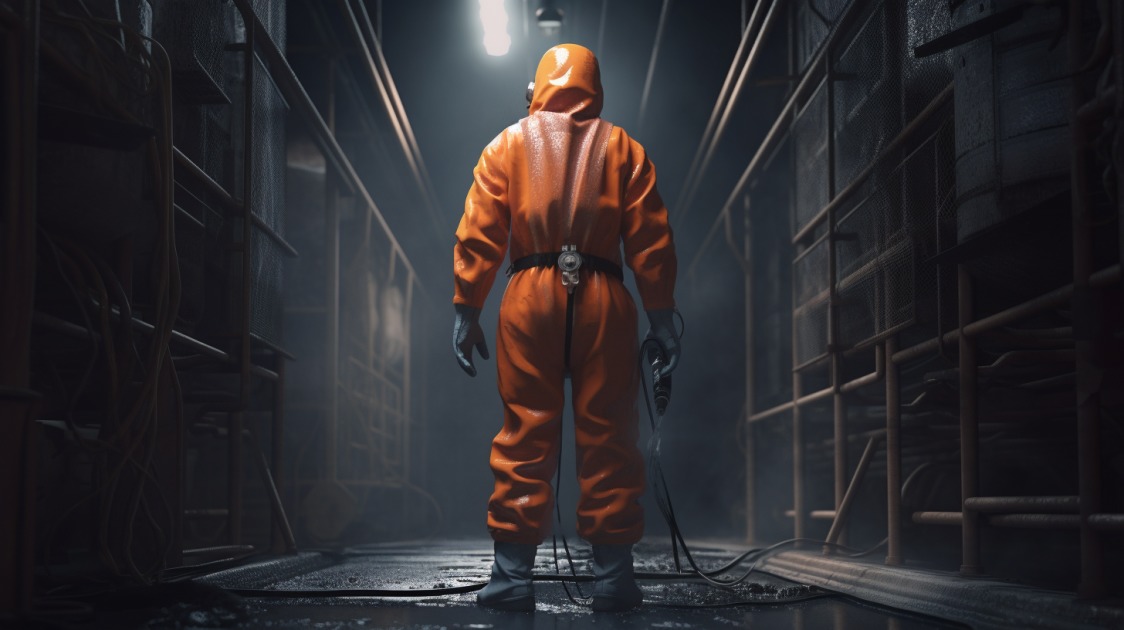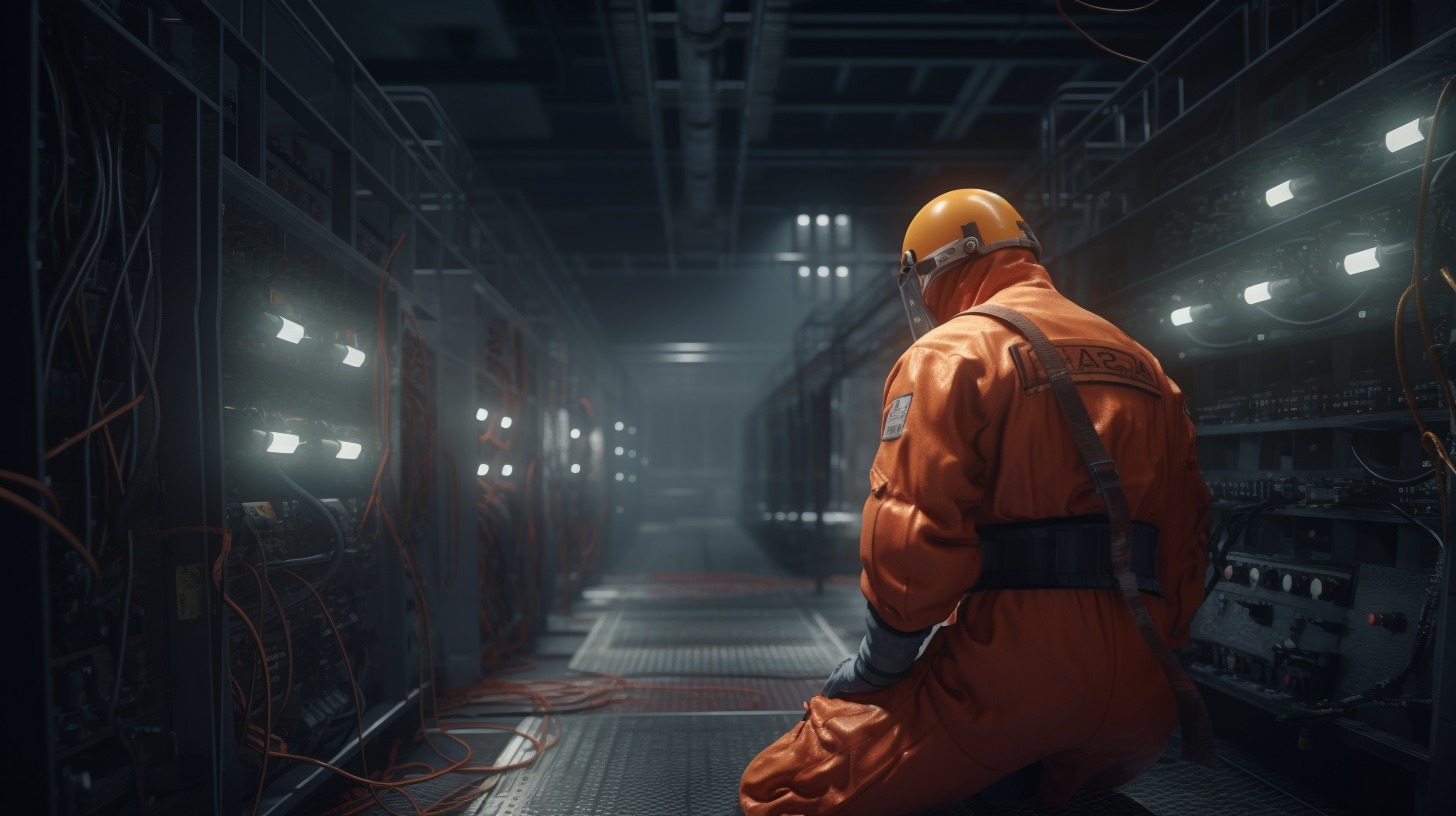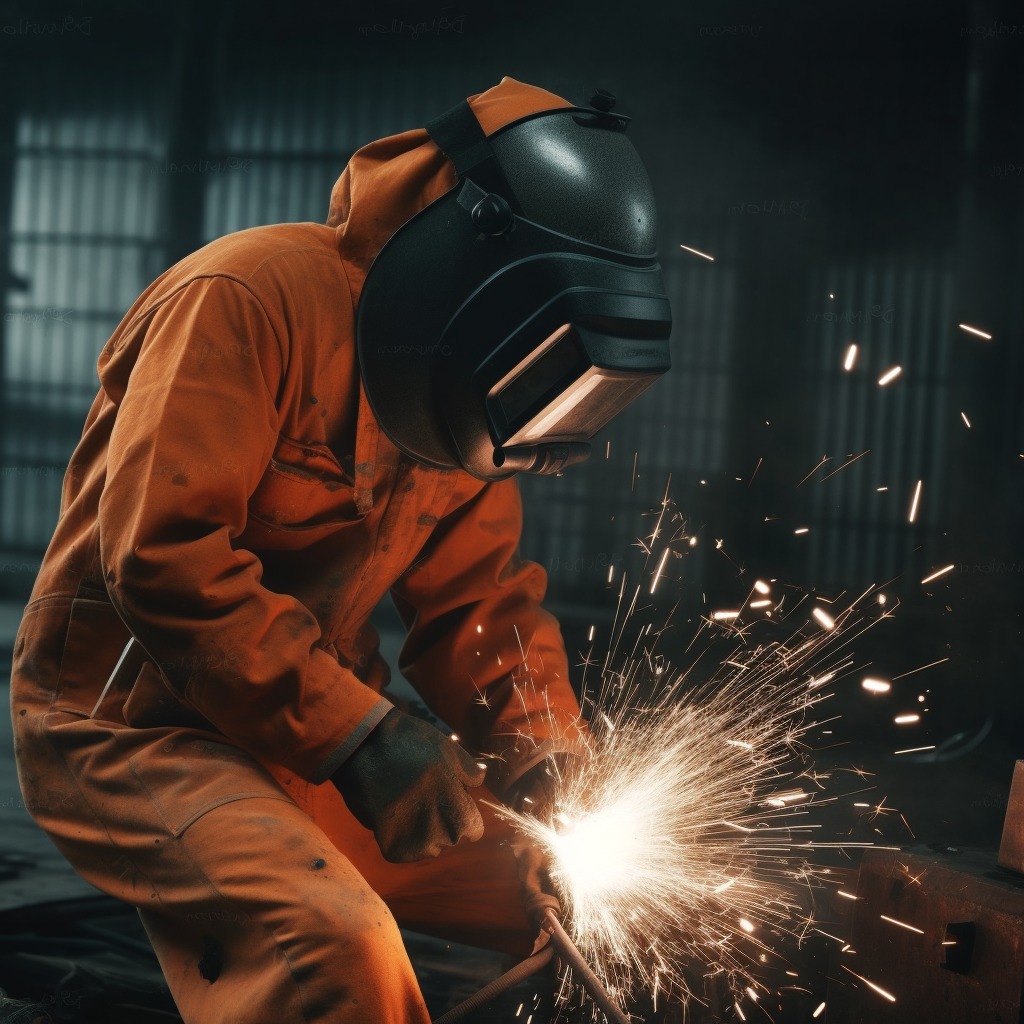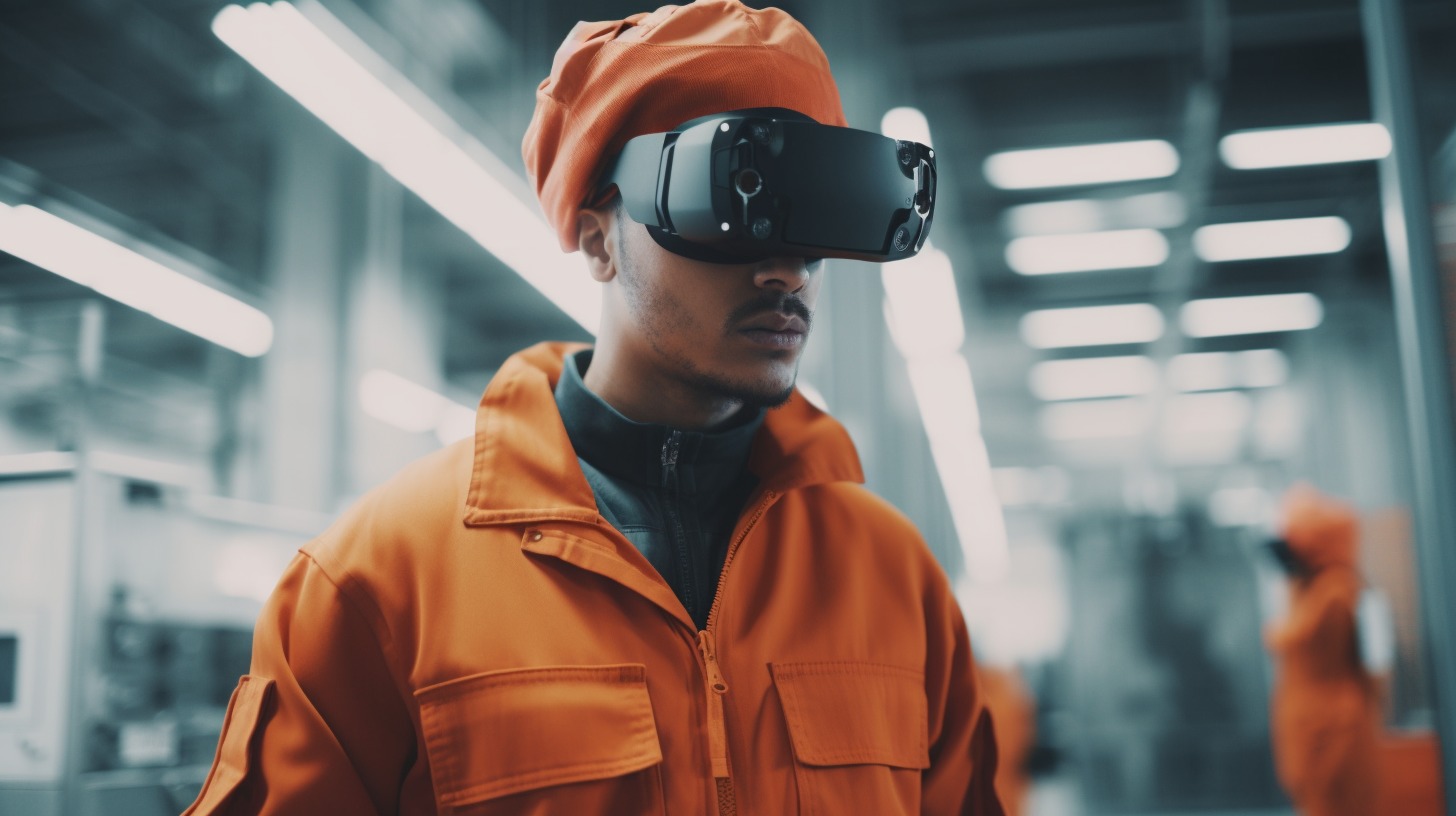


Benefits of Using VR for Training
- Enhanced Safety: VR eliminates the risks associated with training in hazardous environments. Trainees can learn from mistakes without endangering themselves or others, reducing injuries and fatalities. The controlled nature of VR simulations allows for repetitive practice, refining skills until proficiency is achieved.
- Realistic Immersion: VR technology creates highly realistic and immersive environments, replicating the sights, sounds, and even physical sensations of hazardous scenarios. Trainees experience a sense of presence, enhancing their engagement, emotional responses, and knowledge retention. This immersive quality drives more effective learning outcomes compared to traditional training methods.
- Cost-effectiveness: Traditional training methods often involve expensive equipment, site rentals, and dedicated personnel. VR training mitigates these costs by providing a virtual environment that can be accessed repeatedly, reducing the need for physical resources. Companies can save on travel expenses, minimize equipment damage, and optimize training schedules, resulting in significant cost savings over time.
- Performance Evaluation and Analytics: VR training platforms offer sophisticated data analytics that allow companies to track trainee progress, identify areas for improvement, and optimize training modules. Real-time performance evaluations, metrics on response times, and accuracy rates can be collected, enabling personalized feedback and targeted training interventions.
Recommended Reading: Discover more benefits of VR training

How to Get Started with VR Training
To embark on VR training for hazardous environments, companies should follow these key steps:
- Identify Training Needs: Assess the specific hazards and scenarios employees encounter. Determine which skills and knowledge require enhancement and prioritize training areas accordingly.
- Select a VR Training Solution: Research and select a VR training platform that aligns with your company’s training goals, offering the necessary features and customizability. Consider factors such as simulation quality, interactivity, and compatibility with existing learning management systems, multiuser support, reporting and analytics. The Luminous platform provides and end-to-end solution for enterprise customers looking to create and deliver technical based training built on 3 core learning pillars. All training is created as multiuser content with a guided learning mode, practice and then assessment modes designed to reinforce the learning process, creating memorable training experience and building muscle memory.
- Develop Tailored Content: Collaborate with subject matter experts to create compelling and realistic content which suits your specific training requirements and mirrors the environment in which the training would take place. This typically involves videoing the current process and breaking it down in to all the individual steps the user must carry out. From this step list a userflow is created showing all the users interactions, UI panels and game response’s. Our FLOW tool can then be used to quickly authorise the training modules with many features built in as standard.
- QA & Testing: Once the training modules have been created it is very important to test it thoroughly to make sure it follows the correct procedures and works as expected.
- Pilot / Roll Out: At Luminous we recommend running a pilot project with clearly identified goals that can be run in parallel to traditional training and used to benchmark the benefits and build the business case. We can you plan a roadmap from prep to pilot in our XR envisioning workshop.
VR is becoming an essential tool for improving training for hazardous and dangerous work procedures. It reduces risk to employees to zero, it provides a more engaging experience, and it drastically reduces time to competency while also cutting training costs.